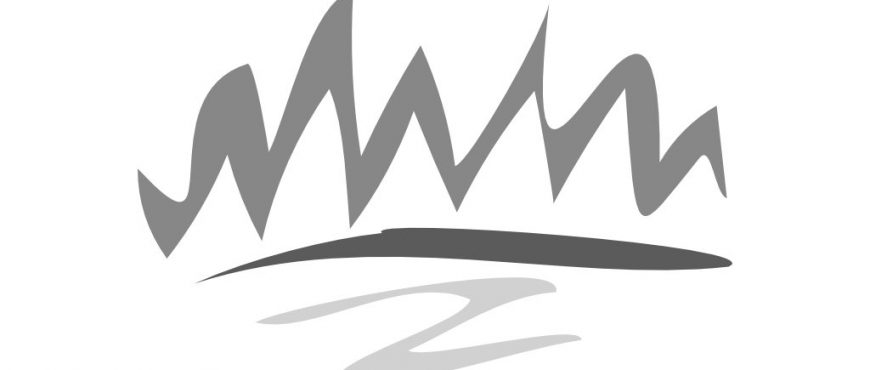Forest Practices Board Releases Canfor Audit Report
Victoria – Poor planning for mountain pine beetle was found in an audit of Canadian Forest Products Ltd.’s operational planning and forest practices near Takla Lake, says a report released today by the Forest Practices Board.
Canfor generally complied with the requirements of the Forest Practices Code, the report said. However, significant non-compliance in the company’s management of mountain pine beetle poses a substantial risk to forest health.
The report concludes the board’s audit of the Fort St. James division of Canfor’s Forest Licence A40873.
Canfor’s licence was selected for audit randomly, not on the basis of location or level of performance. The audit examined the activities of Canfor, carried out between September 1997 and October 1998, in road construction, maintenance and deactivation; timber harvesting; silviculture; fire protection and operational planning.
The licence’s operating area contains large stands of mature lodgepole pine, which are highly susceptible to beetle infestations. “Canfor did not collect or evaluate sufficient information on mountain pine beetle infestations to be able to assess the risk to forest resources adequately,” said board chair Bill Cafferata. “Canfor relied on outdated ground data and aerial photographs that do not detect recently infested trees.”
In the audit report, the board recommends that Canfor collect adequate current information to evaluate pine beetle infestation trends accurately, clearly define the timing and placement of harvesting areas, and develop appropriate management strategies to reduce the risk to forest resources.
The audit also identified a concern about protection of non-timber forest resources in Canfor’s operating area, such as lakes with scenic and recreation values, old growth Douglas fir stands and caribou habitat. Canfor’s forest development plan did not specify ways to protect those resources from the effects of logging. However, this is not considered non-compliance with the code.
There is no higher level plan in the Fort St. James district, and the district manager has not identified any forest resources that must be protected. “The result is that the code does not require Canfor to specify measures to protect non-timber forest resources in its forest development plans,” said Cafferata. “Despite the absence of formally designated higher level plans, the board recommends that Canfor implement measures for protecting non-timber forest resources and that government speed development of higher level plans in a way that helps Canfor protect those resources.”
The Canfor audit is the 26th compliance audit completed by the board. Ten were clean audits, meaning the forest planning and practices met code requirements in all significant respects. Sixteen were qualified audits, meaning that there was some significant non-compliance with the code. Most non-compliance was related to logging practices near streams and the construction, maintenance and deactivation of logging roads.
The Forest Practices Board is B.C.’s independent watchdog for sound forest practices. The board reports to the public and to government about compliance with the Forest Practices Code and the achievement of its intent.
The Forest Practices Board is an independent public watchdog, established in 1995, that publishes reports about compliance with the Forest Practices Code and the achievement of its intent.The board’s main roles under the Forest Practices Code are:
- Investigating public complaints.
- Auditing government enforcement of the code.
- Auditing forest practices of government and licence holders on public lands.
- Undertaking special investigations of code-related forestry issues.
- Participating in administrative reviews and appeals.
- Providing reports on board activities, findings and recommendations.
Bill Cafferata,
Chair
Forest Practices Board
Phone: (250) 387-7964
1-800-994-5899
Nicky Cain,
Communications
Forest Practices Board
Phone: (250) 387-7964
1-800-994-5899
August 14, 2000


